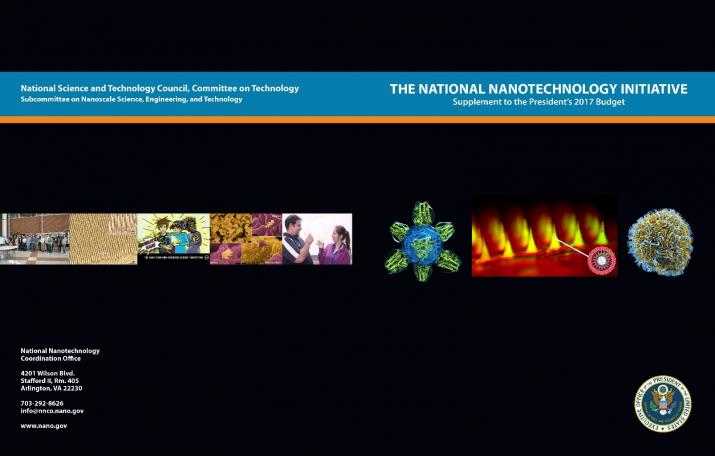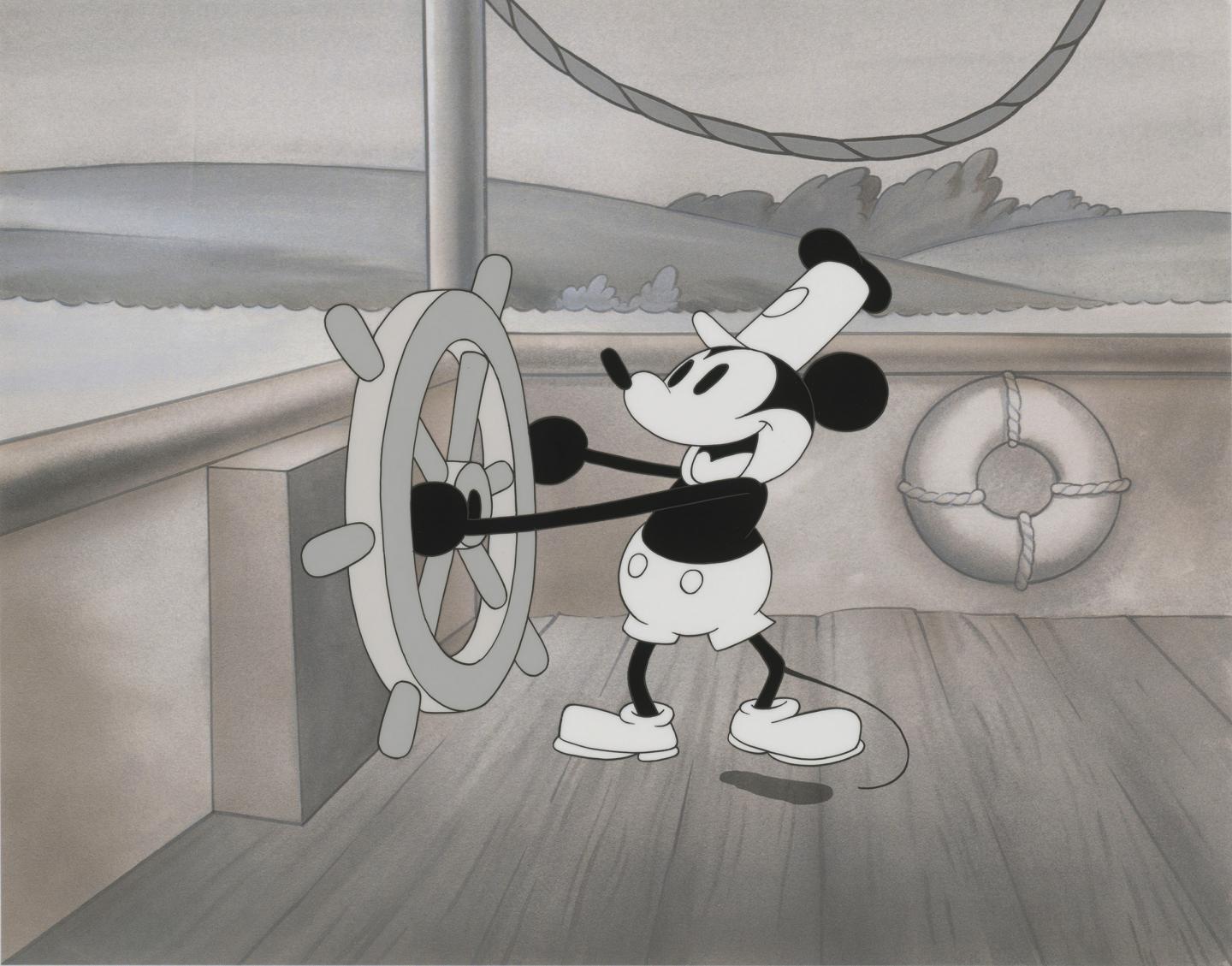An October 16, 2023 University of Illinois news release (also on EurekAlert), describes research into developing a tool to detect the presence of the agricultural herbicide, glyphosate, Note: Links have been removed,
Nanozymes are synthetic materials that mimic the properties of natural enzymes for applications in biomedicine and chemical engineering. They are generally considered too toxic and expensive for use in agriculture and food science. Now, researchers from the University of Illinois Urbana-Champaign have developed a nanozyme that is organic, non-toxic, environmentally friendly, and cost effective. In a newly published paper, they describe its features and its capacity to detect the presence of glyphosate, a common agricultural herbicide. Their goal is to eventually create a user-friendly test kit for consumers and agricultural producers.
“The word nanozyme is derived from nanomaterial and enzyme. Nanozymes were first developed about 15 years ago, when researchers found that iron oxide nanoparticles may perform catalytic activity similar to natural enzymes (peroxidase),” explained Dong Hoon Lee, a doctoral student in the Department of Agricultural and Biological Engineering (ABE), part of the College of Agricultural, Consumer and Environmental Sciences (ACES) and The Grainger College of Engineering at U. of I.
These nanozymes mimic the activity of peroxidase, an enzyme that catalyzes the oxidation of a substrate by using hydrogen peroxide as an oxidizing agent. They provide higher stability and lower cost than natural peroxidase, and they are widely used in biomedical research, including biosensors for detection of target molecules in disease diagnostics.
“Traditional nanozymes are created from inorganic, metal-based materials, making them too toxic and expensive to be directly applied on food and agriculture,” Lee said.
“Our research group is pioneering the development of fully organic compound-based nanozymes (OC nanozymes) which exhibit peroxidase-like activities. The OC nanozyme follows the catalytic activity of the natural enzyme but is predominantly based on agriculture-friendly organic compounds, such as urea acting as a chelating-like agent and polyvinyl alcohol as a particle stabilizer.”
The researchers also implemented a colorimetric sensing system integrated with the OC nanozyme for target molecule detection. Colorimetric assays, an optical sensing method, use color intensity to provide an estimated concentration of the presence of specific molecules in a substance, such that darker or lighter color indicates lower or higher quantity of target molecules. The organic-compound nanozyme performed on par with nanozymes typically used in biosensing applications within their kinetic profile with molecule detection performance.
“Traditional nanozymes come with a host of issues: toxicity, lengthy degradation, and a complex production process. In contrast, our nanozyme is quicker to produce, cost-effective, non-toxic, and environmentally friendly,” said Mohammed Kamruzzaman, assistant professor in ABE and co-author on the study.
Lee and Kamruzzaman applied the OC nanozyme-based, colorimetric sensing platform to detect the presence of glyphosate, a widely used herbicide in the agricultural industry. They performed colorimetric assays in solutions containing varying concentrations of glyphosate, finding the organic nanozyme was able to successfully detect glyphosate with adequate accuracy.
“There is an increasing demand for testing pesticide or herbicide presence in agricultural products to protect human and crop health. We want to develop an OC nanozyme-based, point-of-use testing platform for farmers or consumers that they can apply in the field or at home,” Kamruzzaman stated. “People would obtain a test kit with a substance to mix with their sample, then take a picture and use an app on their phone to identify the color intensity and interpret if there is any glyphosate present. The ultimate goal is to make the test portable and applicable anywhere.”
The researchers are also working on developing additional nanozymes, envisioning these environmental-friendly materials hold great potential for a wide range of applications.
Here’s a link to and a citation for the paper,
Organic compound-based nanozymes for agricultural herbicide detection by Dong Hoon Lee and Mohammed Kamruzzaman. Nanoscale, 2023,15, 12954-12960 First published July 28, 2023
This paper is open access once you have created your free account.



